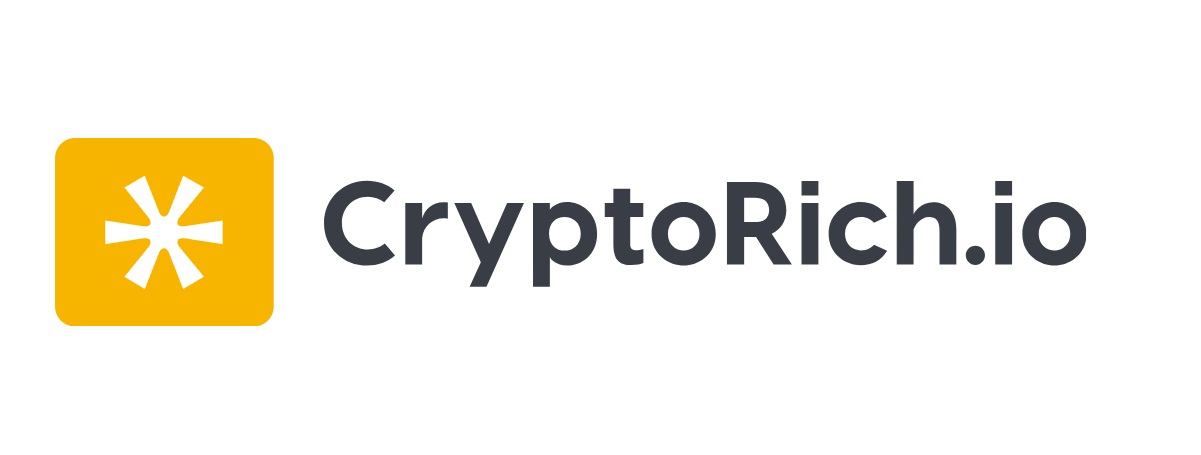How a New Class of Cryptocurrencies Could Transform the Financial System
The world of blockchain and cryptocurrency holds the potential to revolutionize the financial system. With an open and permissionless network, blockchain offers innovative ways to store and transfer value online. However, one major challenge remains: most cryptocurrencies derive their value largely from speculation, which can create volatility and skepticism.
A new class of cryptocurrencies is emerging to address this challenge, characterized by real utility and revenue sharing. These tokens aim to provide value similar to stocks, where holders benefit from revenues generated by the underlying application.
This New Type of Crypto Makes Money on Auto Pilot
The Issue with Traditional Cryptocurrencies
Currently, many cryptocurrencies are valued based solely on market demand and future expectations, rather than intrinsic worth or cash flow. Bitcoin, for example, holds value because people have decided it can serve as a store of wealth, but its price is highly speculative.
In contrast, stocks are typically valued based on a company’s performance, revenue, and profitability, providing more stable metrics for their valuation. Most cryptocurrencies lack this underlying business model, leaving their value fluctuating with market trends.
Enter Utility-Based Cryptocurrencies
A new breed of tokens is addressing these issues by tying their value to the success of the applications they power. Uniswap, one of the most popular decentralized exchanges, has recently introduced Unichain to build a more utility-driven approach to token value. Here’s what makes this approach unique:
- Uniswap’s Evolution with Unichain: As a decentralized exchange, Uniswap has been the go-to platform for token swaps on the Ethereum blockchain. By introducing Unichain, Uniswap establishes its own Layer 2 solution, streamlining user experience and reducing fees.
- Consolidated Liquidity: With Unichain, Uniswap can manage liquidity across various chains, reducing fragmentation and optimizing swap efficiency. This consolidated approach gives users access to a larger pool of liquidity for faster and cheaper transactions.
- Token Holder Benefits: A key innovation is that Uniswap token holders who stake their tokens on Unichain can receive a portion of transaction fees generated from activity on the platform. This revenue-sharing model is similar to dividends for stockholders, providing a tangible incentive for investors beyond speculative price increases.
The Regulatory Landscape and Future of Utility Tokens
Uniswap’s model offers a closer alignment between cryptocurrency and traditional stocks, as token holders gain value from transaction fees. However, regulatory clarity will be essential, as revenue-sharing features may subject tokens to scrutiny as potential securities. As regulatory frameworks evolve, we may see similar models arise, allowing other projects to incorporate revenue-sharing without risking non-compliance.
Opportunities for Developers in a Growing Ecosystem
The launch of Unichain presents unique opportunities for developers:
- New Ecosystem Growth: As a new chain, Unichain needs applications and tools, providing fertile ground for developers to build and capture early market attention.
- Developer Grants and Hackathons: Uniswap offers developer grants and hackathons to encourage innovation within its ecosystem, making it an attractive platform for blockchain professionals and newcomers alike.
Conclusion
Uniswap’s transition into a utility-based token model signals a new direction for the cryptocurrency market. By focusing on utility, revenue sharing, and scalability, this new approach could transform the way people value and interact with blockchain applications, paving the way for a more sustainable crypto market. This evolution could well inspire a wave of similar projects, ushering in a new era for digital assets.


